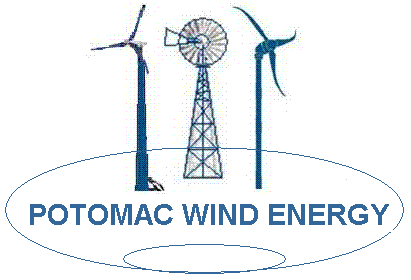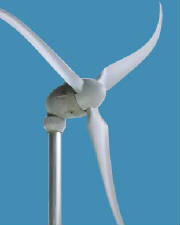|
Green Living FAQs
|
 |
U.S. Wind Map
http://rredc.nrel.gov/wind/pubs/atlas/maps.html
Canadian Wind Map
http://www.windatlas.ca/en/index.php
http://www.dsireusa.org/
Upcoming Small Wind Events
October 2013: 2013 Maryland Tour of Solar and Green Homes
Provided by: The Interstate Renewable Energy Councilhttp://www.irecusa.org/index.php?id=58&tx_ttnews[pS]=1177612176&tx_ttnews[tt_news]=520&tx_ttnews[backPid]=42&cHash=74d3cafe7f
|
Wind Energy Industry Facts and Wind Energy Supporters WIND ELECTRICITY BASICS: From Homepower Magazine http://www.homepower.com/basics/wind/ In terms of impacts on wildlife, wind energy has three primary benefits as an energy generation source: it is clean; it is compatible with animals and humans; and the industry is committed to ensuring minimal impacts on nature and the environment in wind energy development. This fact sheet provides information and statistics on each of these attributes. CLEAN COMPATIBLE COMMITTED Wind energy is one of the cleanest, most environmentally friendly energy sources in the world.
Based on AWEA's estimates and data from a 2002 study by the Natural Resources Defense Council (NRDC):
What is the ecological impact of wind energy systems? Wind is also one of the healthiest energy options, and the most compatible with animals and humans.
The modern wind turbine is far less harmful to birds and other wildlife than radio towers, tall buildings, airplanes and vehicles, and numerous other manmade objects. Bird deaths due to wind development will never be more than a very small fraction of those caused by other commonly accepted human activities.
Data on buildings, vehicles, communications towers, power lines contained in Erickson et al, "Avian Collisions With Wind Turbines," http://www.nationalwind.org/publications/avian/avian_collisions.pdf and elsewhere. Data on cats in Ohio State University Extension Fact Sheet, "Managing for Forest Songbirds," http://ohioline.osu.edu/w-fact/0006.html. Data on pesticides at http://www.currykerlinger.com/birds.htm. Wind energy simply does not constitute a significant threat to birds in general The wind industry is committed to, and has demonstrated, continual innovations leading to greater protection of the environment and wildlife.
By offsetting impacts from other energy sources, the use of wind energy improves environmental conditions for birds and other wildlife.
|
|
